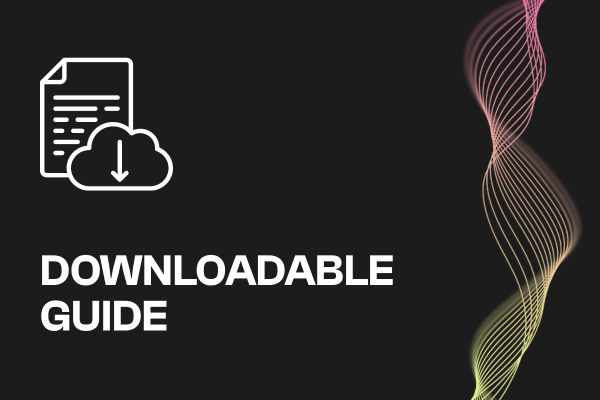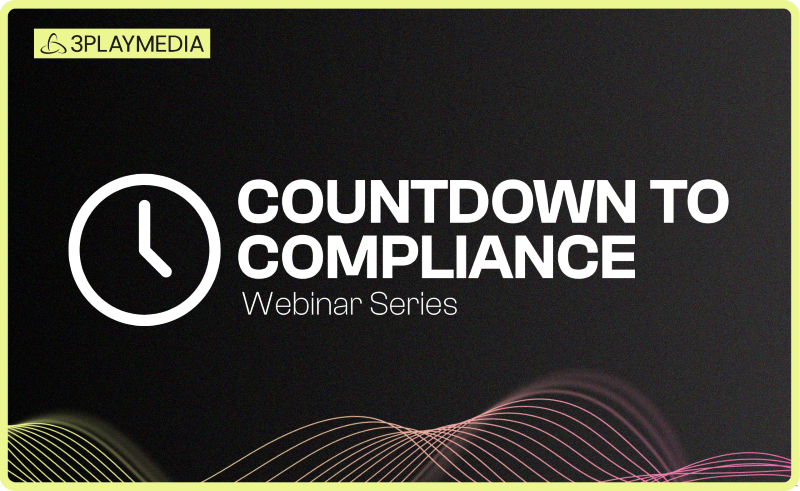- Live Captioning
Live Professional Captioning Launch Party
This event occurred on November 12th, 2021 • Virtual • Free
Watch the recording:
Session Information
It’s time to simplify the live captioning process. Introducing Live Professional Captioning!
We built Live Professional Captions to bring you reliable service, a streamlined scheduling platform, and high-quality live captions that will grip the attention of your audience.
✔️ Resilient failover system that ensures captions always show up.
✔️ Streamlined scheduling in our user-friendly, self-serve platform.
✔️ Trained captioners that provide premium real-time captions.
✔️ A service that’s reliable, easy to set up, and offers peace of mind.
In this launch party, you will hear all about:
- The evolution of live captioning
- Common challenges with live captioning
- How Live Professional Captioning simplifies the process
- Live product demo of Live Professional Captioning
Share this page
Related Resources
-
 Read more: ADA Title II Compliance Checklist
Read more: ADA Title II Compliance Checklist- Whitepaper
ADA Title II Compliance Checklist
-
 Read more: Event Planning Workbook
Read more: Event Planning Workbook- Whitepaper
Event Planning Workbook
-
 Read more: European Accessibility Act (EAA) Checklist
Read more: European Accessibility Act (EAA) Checklist- Whitepaper
European Accessibility Act (EAA) Checklist


